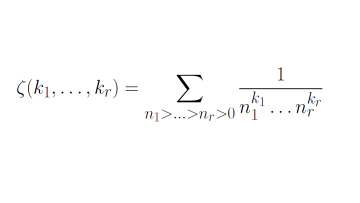15:45
Towards Higher Morse-Cerf Theory: Classifying Constructible Bundles on R^n
Abstract
We present a programme towards a combinatorial language for higher (stratified) Morse-Cerf theory. Our starting point will be the interpretation of a Morse function as a constructible bundle (of manifolds) over R^1. Generalising this, we describe a surprising combinatorial classification of constructible bundles on flag foliated R^n (the latter structure of a "flag foliation” is needed for us to capture the notions of "singularities of higher Morse-Cerf functions" independently of differentiable structure). We remark that flag foliations can also be seen to provide a notion of directed topology and in this sense higher Morse-Cerf singularities are closely related to coherences in higher category theory. The main result we will present is the algorithmic decidability of existence of mutual refinements of constructible bundles. Using this result, we discuss how "combinatorial stratified higher Morse-Cerf theory" opens up novel paths to the computational treatment of interesting questions in manifold topology.


